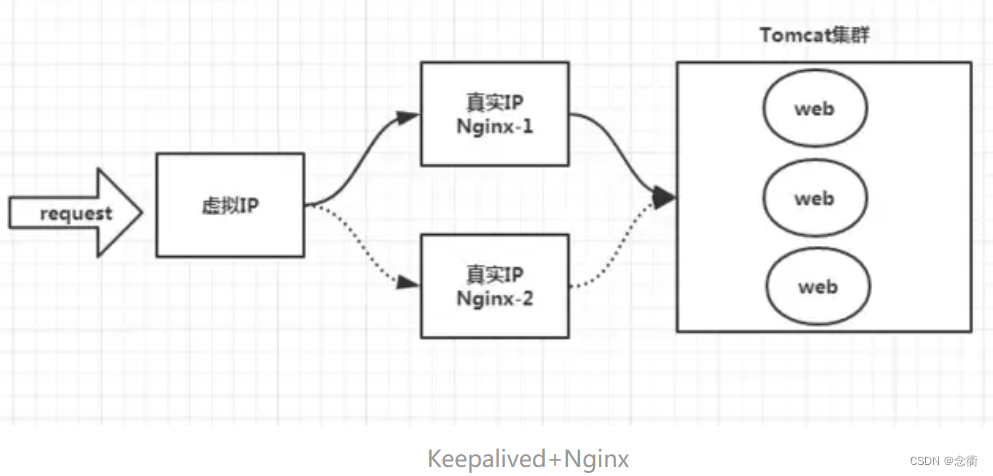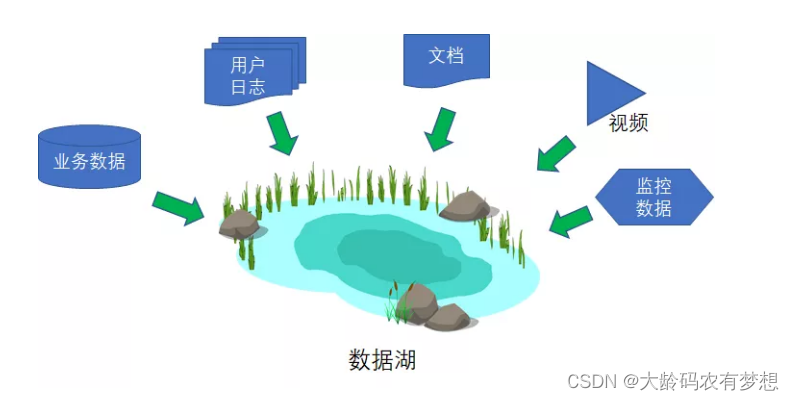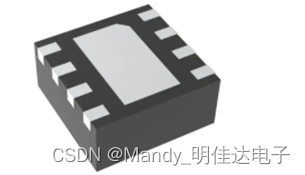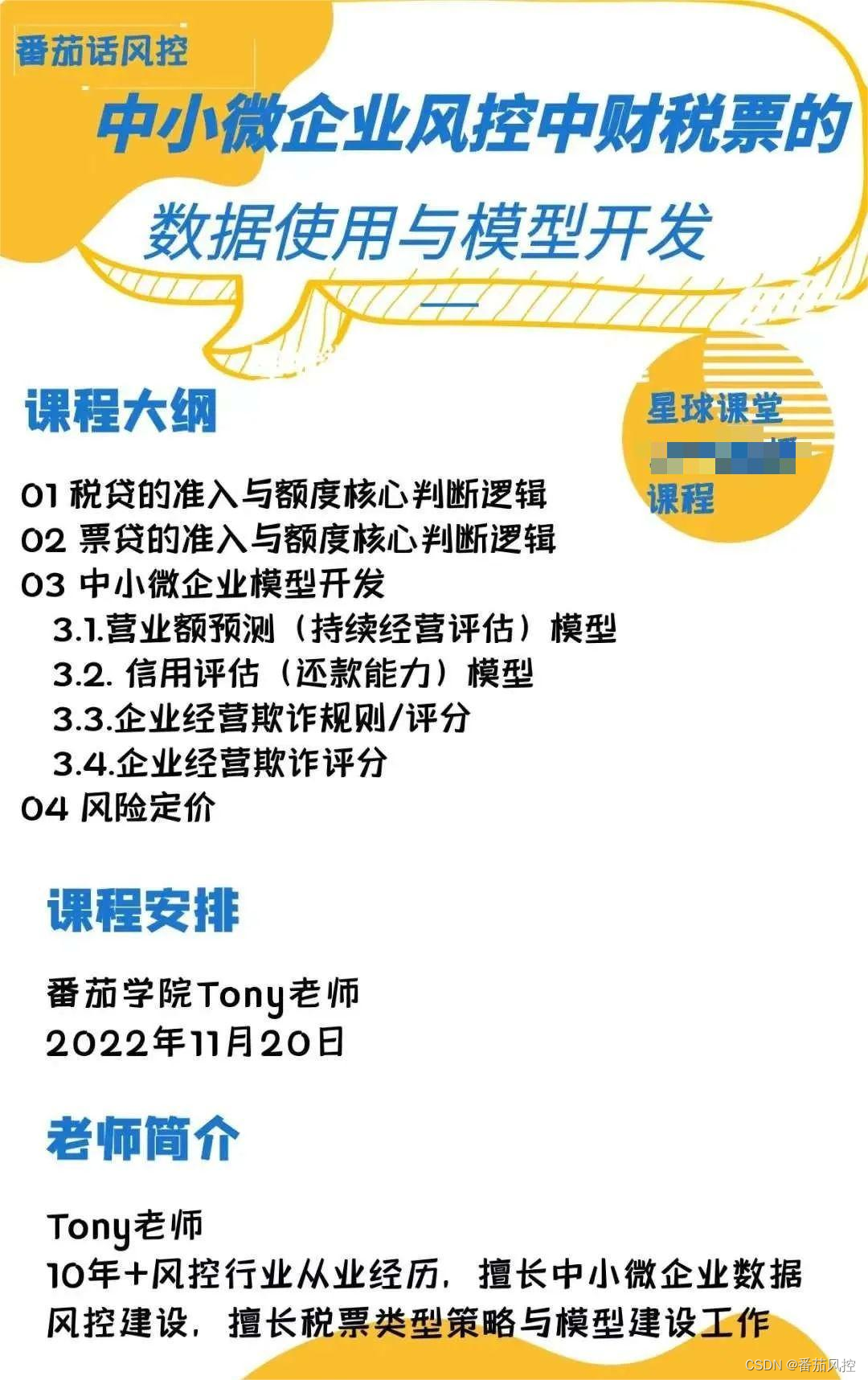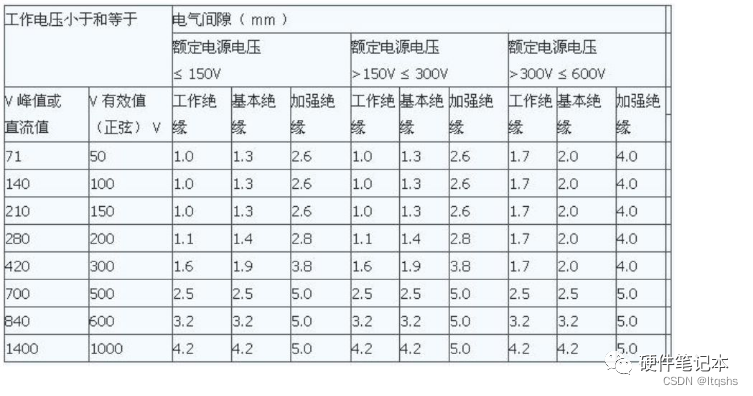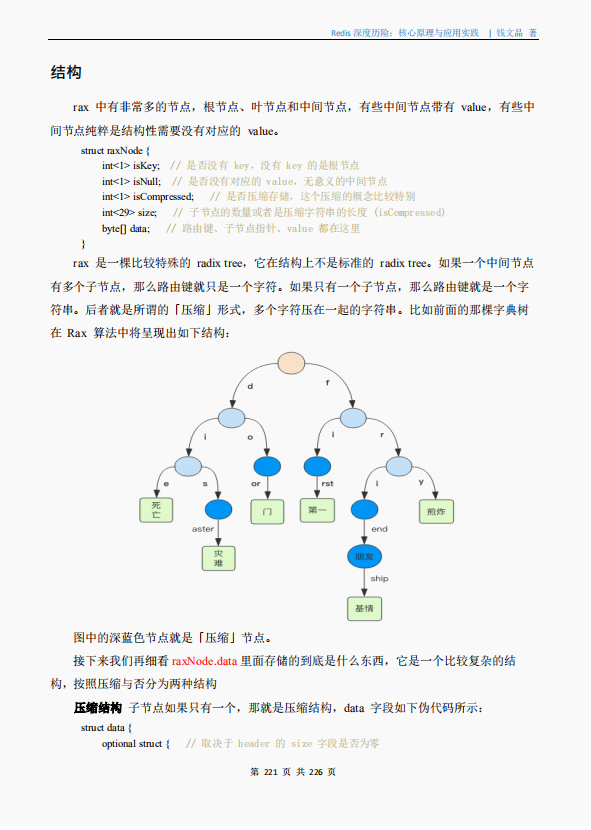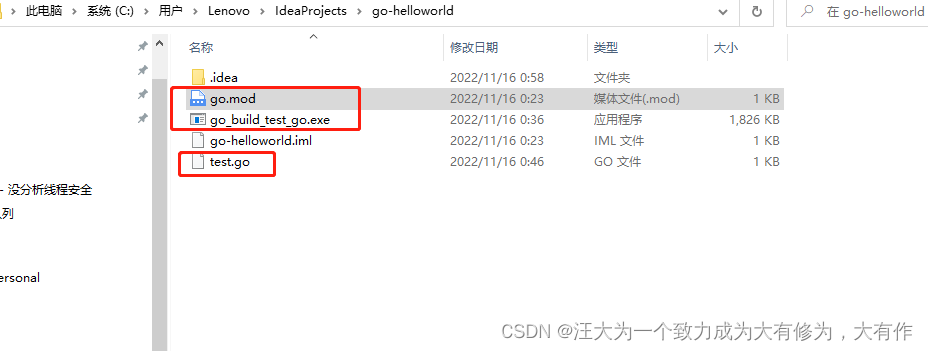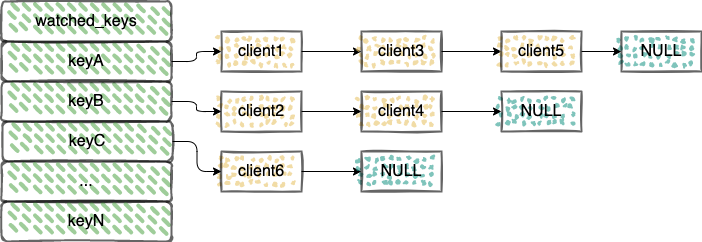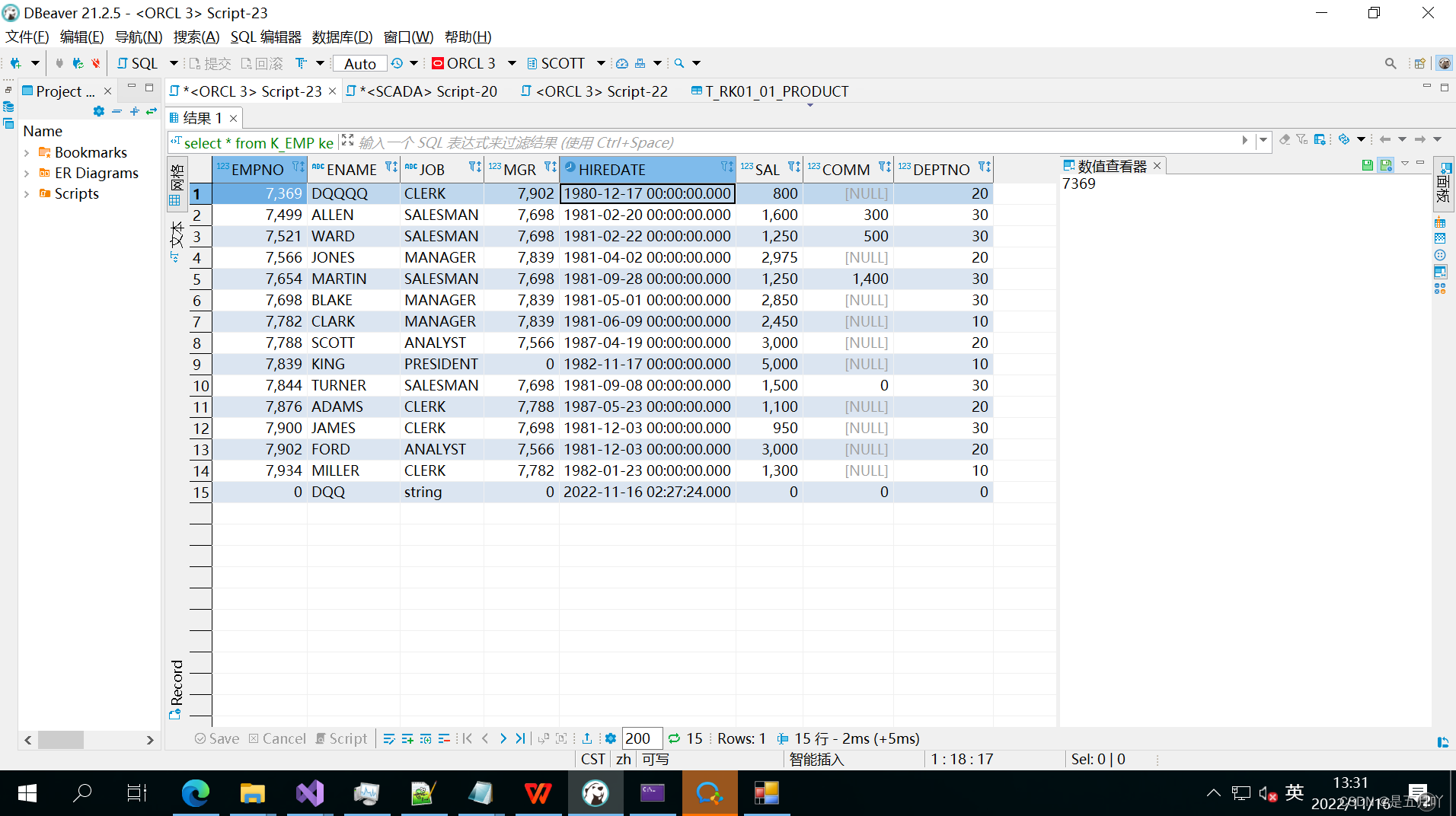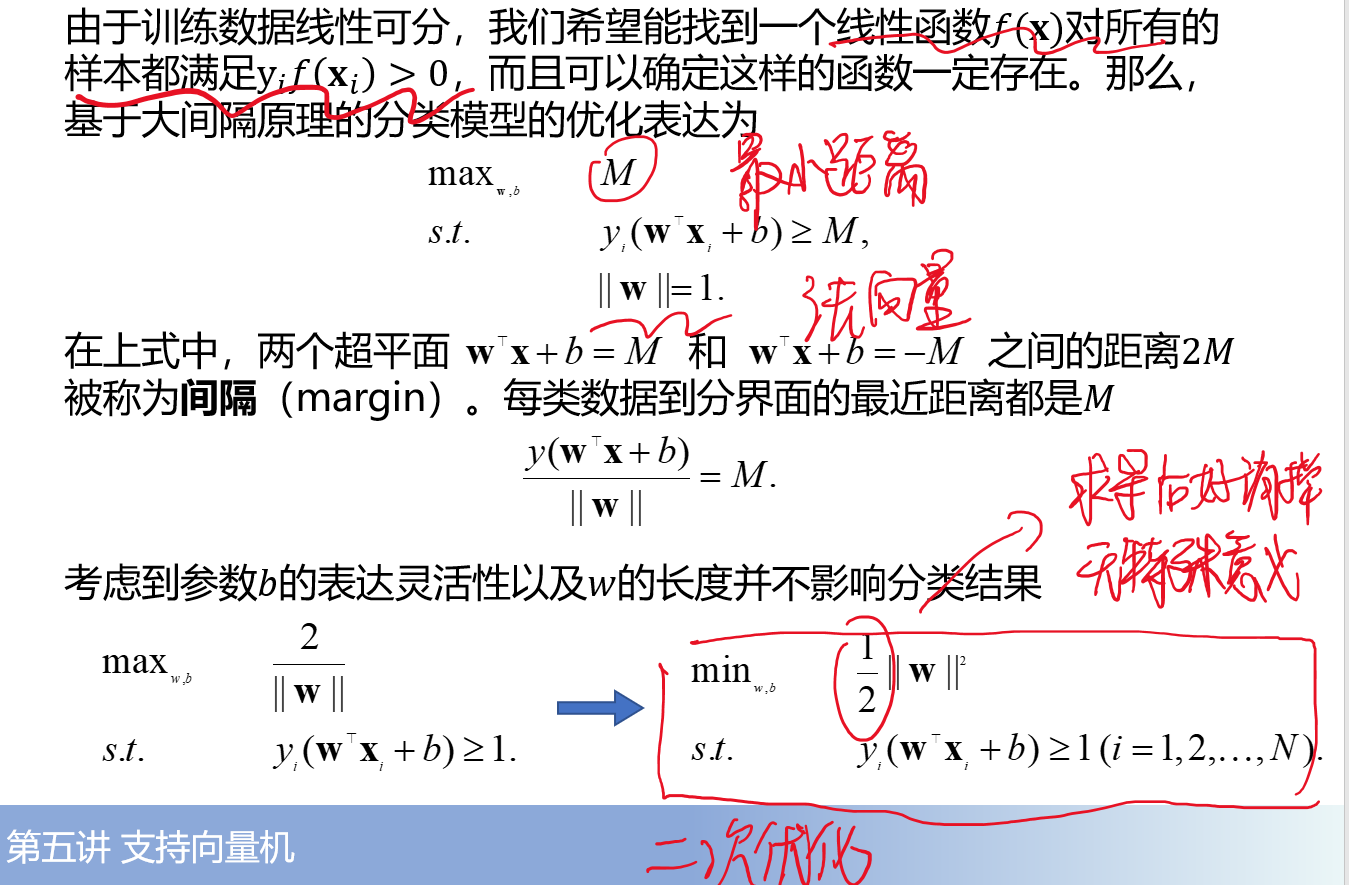文章目录
- 一、string类的构造、拷贝构造、赋值重载以及析构
- 1.构造函数
- 2.拷贝构造
- 3.swap问题
- 4.赋值重载
- 5.析构函数
- 二、常用接口
- 1.c_str
- 2.[]
- 3.迭代器和范围for
- 4.size和capacity
- 三、插入
- 1.reserve和resize
- 2.push_back
- 3.append
- 4.+=
- 5.insert
- 四、删除
- 1.erase
- 2.clear
- 五、查找
- 1.find
- 六、运算符重载
- 流插入<<和流提取>>
- 七、总体代码
一、string类的构造、拷贝构造、赋值重载以及析构
1.构造函数
分为无参和带参这两种构造函数。无参构造函数默认构造空字符串"",所以我们只需要给一个缺省值即可。
string(const char* str = "")
{
_size = strlen(str);
_capacity = _size;
_str = new char[_capacity + 1];
strcpy(_str, str);
}
对于这里的capacity问题,这里是字符的个数,不包括\0,所以要给\0预留位置。
2.拷贝构造
对于拷贝构造和赋值是默认成员函数,不写编译器会自动生成,对于内置类型完成浅拷贝,对于自定义类型调用拷贝构造
对于string类型来说,如果不写拷贝构造会导致浅拷贝问题(只完成值拷贝)

所以我们需要进行深拷贝:
- 传统写法
string(const string& s)
{
_str = new char[s._capacity + 1];
_capacity = s._capacity;
_size = s._size;
strcpy(_str, s._str);
}
- 现代写法
传统写法比较循规蹈矩,现代写法更加灵活,拷贝构造的现代写法可以通过构造出tmp,然后把tmp和s2进行交换(swap)
注意:我们需要把s2的_str置为nullptr,如果不置为空,tmp会变成随机值,tmp是局部变量出作用域时会调用析构函数
void swap(string& s)
{
std::swap(_str, s._str);
std::swap(_size, s._size);
std::swap(_capacity, s._capacity);
}
string(const string& s)
:_str(nullptr)
,_size(0)
,_capacity(0)
{
string tmp(s._str);
swap(tmp);//this->swap(tmp)
}
3.swap问题
对于上面现代写法swap的问题:标准库有一个swap,string也有一个swap,有什么区别?
s1.swap(s2);
swap(s1,s2);


第二个swap交换代价比较大,需要三次深拷贝(拷贝+赋值+赋值),造成空间损耗,所以我们可以提供一个成员函数swap交换string,直接交换,swap中的swap要指定作用域std::,否则需要从局部找,再去全局找,发现参数不匹配
4.赋值重载
默认生成的赋值重载也会导致浅拷贝,所以我们需要实现深拷贝。同时,对于赋值重载,我们不要直接去进行销毁,有可能自己给自己赋值,导致自身进行销毁。同时,为了安全起见,我们最好利用tmp来进行赋值
- 传统写法
string& operator =(const string& s)
{
if (this != &s)
{
char* tmp = new char[s._capacity + 1];
strcpy(tmp, s._str);
delete[] _str;
_str = tmp;
_size = s._size;
_capacity = s._capacity;
}
return *this;
}
- 现代写法
string& operator = (const string& s)
{
if (this != &s)
{
//string tmp(s._str);
string tmp(s);
swap(tmp);
}
return *this;
}
但是此方法仍然可以简化,不需要临时tmp,直接进行传值传参,更加简洁
//直接传值传参
string& operator = (string s)
{
swap(s);
return *this;
}
5.析构函数
析构函数比较简单,直接delete[]释放空间即可
~string()
{
delete[] _str;
_str = nullptr;
_size = _capacity = 0;
}
二、常用接口
下面几个常用的接口实现比较简单,我们先一起来看一看:
1.c_str
const char* c_str() const
{
return _str;
}
2.[]
//普通对象:可读可写
char& operator[](size_t pos)
{
assert(pos < _size);
return _str[pos];
}
//const对象:可读不可写
const char& operator[](size_t pos) const
{
assert(pos < _size);
return _str[pos];
}
3.迭代器和范围for
- 迭代器
迭代器有普通迭代器以及const修饰的迭代器,所以我们可以实现两种不同的迭代器,其中,const迭代器可读不可写
typedef char* iterator;
typedef const char* const_iterator;
iterator begin()
{
return _str;
}
iterator end()
{
return _str + _size;
}
const_iterator begin() const
{
return _str;
}
const_iterator end() const
{
return _str + _size;
}
- 范围for
实现完迭代器之后,对于范围for我们自然可以直接使用:

4.size和capacity
直接返回值即可,比较简单
size_t size() const
{
return _size;
}
size_t capacity() const
{
return _capacity;
}
三、插入
1.reserve和resize
- reserve
在已知开多少空间是调用,避免频繁扩容,具体实现要开辟新的空间,在进行拷贝,对旧空间进行释放
void reserve(size_t n)
{
if (n > _capacity)
{
char* tmp = new char[n + 1];
strcpy(tmp,_str);
delete[] _str;
_str = tmp;
_capacity = n;
}
}
- resize
resize需要分情况:
1.元素个数大于容量,需要扩容,多出来的用’\0’(默认情况下)来进行填充
2.元素个数小于原有的,需要删除
void resize(size_t n, char ch = '\0')
{
if (n > _size)
{
reserve(n);
for (size_t i = _size; i < n; i++)
{
_str[i] = ch;
}
_size = n;
_str[_size] = '\0';
}
else
{
_str[n] = '\0';
_size = n;
}
}
2.push_back
尾插一个字符,我们需要考虑扩容问题,我们需要判断capacity是否为0的情况,同时,尾插之后’\0’要重新处理
void push_back(char ch)
{
//开辟2倍空间
if (_size == _capacity)
{
size_t newCapacity = _capacity == 0 ? 4 : _capacity * 2;
reserve(newCapacity);
}
_str[_size] = ch;
++_size;
_str[_size] = '\0';
}
3.append
这里开多少空间取决于插入字符串的长度,我们需要计算,然后决定开多少空间(直接开2倍可能不够用)
//2倍不一定够用
void append(const char* str)
{
size_t len = strlen(str);
if (_size + len > _capacity)
{
reserve(_size + len);
}
strcpy(_str + _size, str);
_size += len;
}
4.+=
实现了push_back和append之后,对于+=来说,简直就是手到擒来,直接调用即可
//字符
string& operator+=(char ch)
{
push_back(ch);
return *this;
}
//字符串
string& operator+=(const char* str)
{
append(str);
return *this;
}
5.insert
insert的问题比较多
- 插入字符


这里存在着一个很大的问题:
pos=0的时候,–end会变成-1(但是不要忽略了,end的类型是size_t,怎么可能是-1,此时有人会说了,可以把end改成int类型,但是实际上这样子会发生隐式类型提升,范围小往大的提升,也就是int会提升为size_t,还是没解决问题)这里太坑了,悄悄提升
所以解决的方式有两种:
1.强转
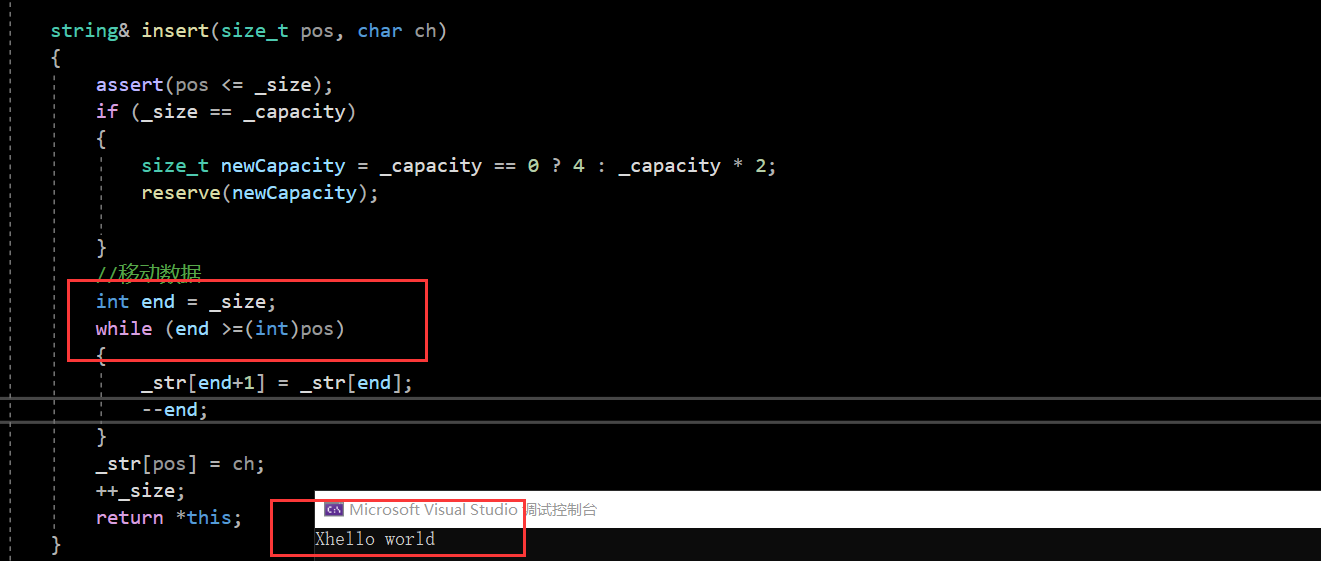
2.把=号给去掉
string& insert(size_t pos, char ch)
{
assert(pos <= _size);
if (_size == _capacity)
{
size_t newCapacity = _capacity == 0 ? 4 : _capacity * 2;
reserve(newCapacity);
}
//移动数据
size_t end = _size + 1;
while (end > pos)
{
_str[end] = _str[end-1];
--end;
}
_str[pos] = ch;
++_size;
return *this;
}
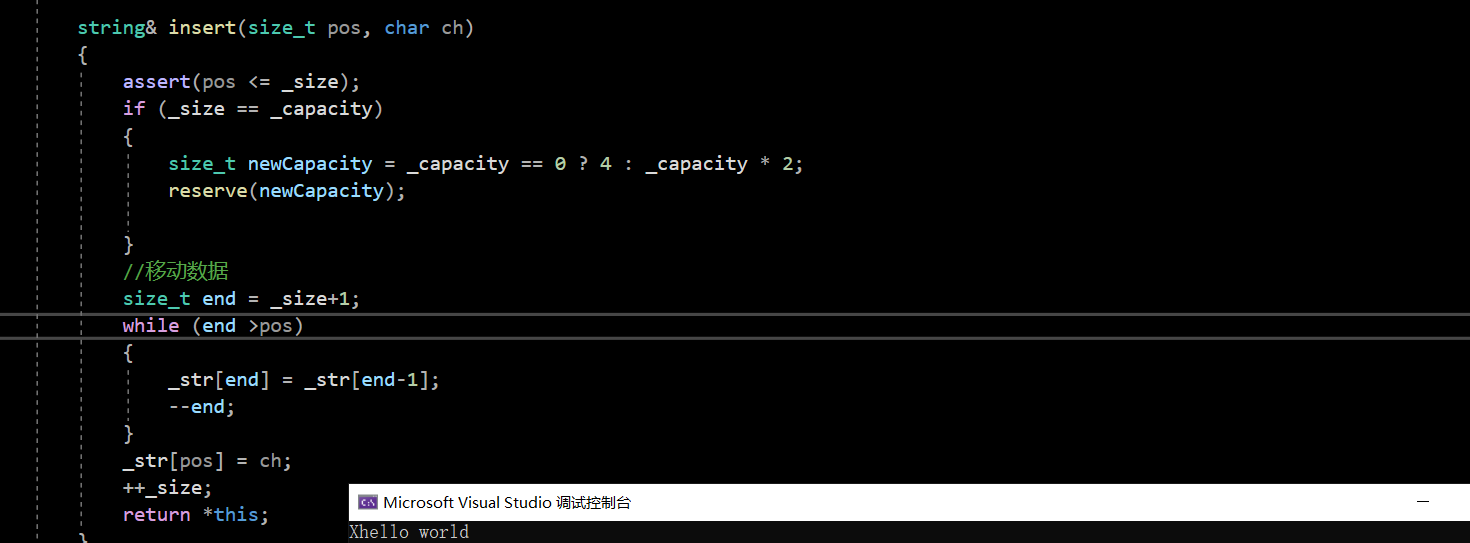
- 插入字符串
插入字符串,要把插入的字符串拷贝过来,但是不要把’\0’顺便拷贝过来,所以不要用strcpy而是要用strncpy
同时,要防止越界问题
string& insert(size_t pos, const char* str)
{
assert(pos <= _size);
size_t len = strlen(str);
if (_size + len > _capacity)
{
reserve(_size + len);
}
size_t end = _size + len;
while (end > pos + len-1)
{
_str[end] = _str[end - len];
--end;
}
strncpy(_str + pos, str, len);
_size += len;
return *this;
}
四、删除
1.erase
说到erase,自然要跟npos联系起来,npos是string类的静态成员变量,静态成员变量要在类外定义的:
size_t string::npos = -1
普通成员对象可以给缺省值,在构造函数初始化列表完成初始化,但是静态成员变量不会在初始化列表阶段进行初始化,静态成员变量不属于某个具体的对象,属于整个类,所以需要在类外初始化。
但是有一个**特例**,const静态成员变量可以在声明时定义(只针对整型):
private:
char* _str;
size_t _size;
size_t _capacity;
const static size_t npos = -1;
erase实现:
建议这个地方自己画个图辅助理解
1.如果len太长,直接把pos之后的删除即可
2.只需要删除部分,挪动数据
string& erase(size_t pos,size_t len = npos)
{
assert(pos < _size);
if (len == npos||pos+len>=_size)
{
_str[pos] = '\0';
_size = pos;
}
//挪动数据
else
{
strcpy(_str + pos, _str + pos + len);
_size -= len;
}
return *this;
}
2.clear
void clear()
{
_str[0] = '\0';
_size = 0;
}
五、查找
1.find
从pos处开始查找字符或者字符串,找到返回下标值,没找到则返回npos
对于字符串的查找可以调用strstr
size_t find(const char ch, size_t pos = 0)
{
assert(pos < _size);
while (pos < _size)
{
if (_str[pos] == ch)
{
return pos;
}
++pos;
}
return npos;
}
size_t find(const char* str, size_t pos = 0)
{
const char* ptr = strstr(_str + pos, str);
if (ptr == nullptr)
{
return npos;
}
else
{
return ptr - _str;
}
}
六、运算符重载
流插入<<和流提取>>
对于流插入和流提取我们之前就在日期类接触了。不能重载成成员,会让this指针抢占第一个位置问题。所以需要定义成全局的
- <<
ostream& operator<<(ostream& out, const string& s)
{
for (size_t i = 0; i < s.size(); ++i)
{
out << s[i];
}
return out;
}
对于<<和c_str()的区别:<<按照size进行打印,跟\0没有关系,而c_str()遇到\0结束

所以用流插入读取比较好一点。
- >>
scanf和cin一样,都拿不到’ ‘和’\0’
所以要读取一个 一个的字符,我们可以用get函数
istream& operator>>(istream& in, string& s)
{
s.clear();
char ch = in.get();
while (ch != ' ' && ch != '\n')
{
s += ch;
ch = in.get();
}
return in;
}
这个代码存在缺点:输入很长内容时,+=会大量扩容,效率降低
istream& operator>>(istream& in, string& s)
{
s.clear();
char buff[128] = { '\0' };
size_t i = 0;
char ch = in.get();
while (ch != ' ' && ch != '\n')
{
if (i == 127)
{
s += buff;
i = 0;
}
buff[i++] = ch;
ch = in.get();
}
if (i >= 0)
{
buff[i] = '\0';
s += buff;
}
return in;
}
七、总体代码
#pragma once
#include <assert.h>
namespace hwc
{
class string
{
public:
typedef char* iterator;
typedef const char* const_iterator;
iterator begin()
{
return _str;
}
iterator end()
{
return _str + _size;
}
const_iterator begin() const
{
return _str;
}
const_iterator end() const
{
return _str + _size;
}
/*string()
{
_str = new char[1];
_str[0] = '\0';
_capacity = _size = 0;
}*/
string(const char* str = "")
{
_size = strlen(str);
_capacity = _size;
_str = new char[_capacity + 1];
strcpy(_str, str);
}
//s2(s1)
//传统写法
/*string(const string& s)
{
_str = new char[s._capacity + 1];
_capacity = s._capacity;
_size = s._size;
strcpy(_str, s._str);
}*/
//现代写法
void swap(string& s)
{
std::swap(_str, s._str);
std::swap(_size, s._size);
std::swap(_capacity, s._capacity);
}
string(const string& s)
:_str(nullptr)
,_size(0)
,_capacity(0)
{
string tmp(s._str);
swap(tmp);//this->swap(tmp)
}
/* string& operator =(const string& s)
{
if (this != &s)
{
char* tmp = new char[s._capacity + 1];
strcpy(tmp, s._str);
delete[] _str;
_str = tmp;
_size = s._size;
_capacity = s._capacity;
}
return *this;
}*/
//现代写法
//string& operator = (const string& s)
//{
// if (this != &s)
// {
// //string tmp(s._str);
// string tmp(s);
// swap(tmp);
// }
// return *this;
//}
//直接传值传参
string& operator = (string s)
{
swap(s);
return *this;
}
~string()
{
delete[] _str;
_str = nullptr;
_size = _capacity = 0;
}
const char* c_str() const
{
return _str;
}
size_t size() const
{
return _size;
}
size_t capacity() const
{
return _capacity;
}
//可读可写
char& operator[](size_t pos)
{
assert(pos < _size);
return _str[pos];
}
//const对象,可读不可写
const char& operator[](size_t pos) const
{
assert(pos < _size);
return _str[pos];
}
void reserve(size_t n)
{
if (n > _capacity)
{
char* tmp = new char[n + 1];
strcpy(tmp,_str);
delete[] _str;
_str = tmp;
_capacity = n;
}
}
void resize(size_t n, char ch = '\0')
{
if (n > _size)
{
reserve(n);
for (size_t i = _size; i < n; i++)
{
_str[i] = ch;
}
_size = n;
_str[_size] = '\0';
}
else
{
_str[n] = '\0';
_size = n;
}
}
//开辟2倍
void push_back(char ch)
{
if (_size == _capacity)
{
size_t newCapacity = _capacity == 0 ? 4 : _capacity * 2;
reserve(newCapacity);
}
_str[_size] = ch;
++_size;
_str[_size] = '\0';
}
//2倍不一定够用
void append(const char* str)
{
size_t len = strlen(str);
if (_size + len > _capacity)
{
reserve(_size + len);
}
strcpy(_str + _size, str);
_size += len;
}
string& operator+=(char ch)
{
push_back(ch);
return *this;
}
string& operator+=(const char* str)
{
append(str);
return *this;
}
string& insert(size_t pos, char ch)
{
assert(pos <= _size);
if (_size == _capacity)
{
size_t newCapacity = _capacity == 0 ? 4 : _capacity * 2;
reserve(newCapacity);
}
//移动数据
size_t end = _size+1;
while (end >pos)
{
_str[end] = _str[end-1];
--end;
}
_str[pos] = ch;
++_size;
return *this;
}
string& insert(size_t pos, const char* str)
{
assert(pos <= _size);
size_t len = strlen(str);
if (_size + len > _capacity)
{
reserve(_size + len);
}
size_t end = _size + len;
while (end > pos + len-1)
{
_str[end] = _str[end - len];
--end;
}
strncpy(_str + pos, str, len);
_size += len;
return *this;
}
string& erase(size_t pos,size_t len = npos)
{
assert(pos < _size);
if (len == npos||pos+len>=_size)
{
_str[pos] = '\0';
_size = pos;
}
//挪动数据
else
{
strcpy(_str + pos, _str + pos + len);
_size -= len;
}
return *this;
}
void clear()
{
_str[0] = '\0';
_size = 0;
}
size_t find(const char ch, size_t pos = 0)
{
assert(pos < _size);
while (pos < _size)
{
if (_str[pos] == ch)
{
return pos;
}
++pos;
}
return npos;
}
size_t find(const char* str, size_t pos = 0)
{
const char* ptr = strstr(_str + pos, str);
if (ptr == nullptr)
{
return npos;
}
else
{
return ptr - _str;
}
}
private:
char* _str;
size_t _size;
size_t _capacity;
const static size_t npos = -1;
};
ostream& operator<<(ostream& out, const string& s)
{
for (size_t i = 0; i < s.size(); ++i)
{
out << s[i];
}
return out;
}
/*istream& operator>>(istream& in, string& s)
{
s.clear();
char ch = in.get();
while (ch != ' ' && ch != '\n')
{
s += ch;
ch = in.get();
}
return in;
}*/
istream& operator>>(istream& in, string& s)
{
s.clear();
char buff[128] = { '\0' };
size_t i = 0;
char ch = in.get();
while (ch != ' ' && ch != '\n')
{
if (i == 127)
{
s += buff;
i = 0;
}
buff[i++] = ch;
ch = in.get();
}
if (i >= 0)
{
buff[i] = '\0';
s += buff;
}
return in;
}
void test_string1()
{
string s1("hello world");
string::iterator it1 = s1.begin();
while (it1 != s1.end())
{
cout << *it1 << " ";
++it1;
}
cout << endl;
for (auto ch : s1)
{
cout << ch << " ";
}
cout << endl;
}
void test_string2()
{
string s1("hello");
s1 += ' ';
s1 += "world hello world";
string s2;
s2 += 'X';
}
void test_string3()
{
string s1("hello world");
s1.insert(0, 'X');
cout << s1.c_str() << endl;
s1.insert(12, 'Y');
cout << s1.c_str() << endl;
s1.insert(13,"CWH");
cout << s1.c_str() << endl;
s1.insert(0, "hwc");
cout << s1.c_str() << endl;
}
void test_string4()
{
string s1("hello world");
s1.erase(3, 4);
cout << s1.c_str() << endl;
}
void test_string5()
{
string s1("hello world");
cout << s1.c_str() << endl;
s1.resize(16, 'X');
cout << s1.c_str() << endl;
string s2("hello world");
s2.resize(5);
cout << s2.size() << endl;
cout << s2.capacity() << endl;
cout << s2.c_str() << endl;
}
void test_string6()
{
string s1("hello world");
cout << s1 << endl;
cout << s1.c_str() << endl;
s1.insert(5, 'X');
cout << s1.size() << endl;
cout << s1.capacity()<< endl;
cout << s1 << endl;
cout << s1.c_str() << endl;
string s2;
cin >> s2;
cout << s2 << endl;
}
void test_string7()
{
string s1("hello world");
string s2(s1);
cout << s1 << endl;
cout << s2 << endl;
string s3("HWC");
s1 = s3;
cout << s1 << endl;
cout << s3 << endl;
s1.swap(s2);
swap(s1, s2);
cout << s1 << endl;
cout << s2 << endl;
}
}
